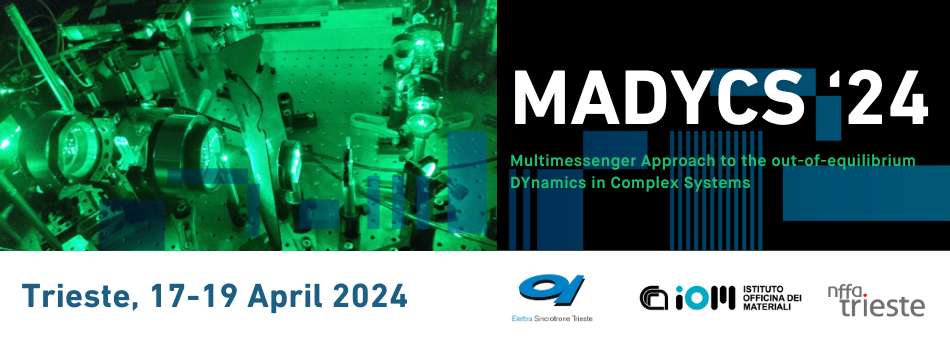Speaker
Description
Thomas Vasileiadis, Shuo Dong, Samuel Beaulieu, Maciej Dendzik, Daniela Zahn, Sang-Eun Lee, Hélène Seiler, Yinpeng Qi, Rui Patrick Xian, Julian Maklar (Fritz-Haber-Institut der MPG, Berlin, Germany), Michael Schüler (Paul Scherrer Institut, Villigen, Switzerland), Emerson Coy (NanoBioMedical Centre, Adam Mickiewicz University, Poznan, Poland), Niclas S. Mueller, Yu Okamura, Stephanie Reich (Freie Universität Berlin, Berlin, Germany), Malte Selig, Dominik Christiansen, Andreas Knorr (TU Berlin, Berlin, Germany) Martin Wolf, Laurenz Rettig (Fritz-Haber-Institut der MPG, Berlin, Germany), and Ralph Ernstorfer (TU Berlin, Berlin, Germany and Fritz-Haber-Institut der MPG, Berlin, Germany)
Transition metal dichalcogenides offer unparalleled opportunities to create new functional heterostructures. Their strongly bound excitons enable precise manipulation of the coupling between light and electronic excitations, while van der Waals coupling allows interfacing of defect-free nanostructures without the constraints of chemical bonds and lattice parameters.
In this presentation, I will showcase the combination of momentum resolved techniques, in particular time-resolved ARPES and femtosecond electron diffraction to explore excitons in TMDs, their dynamics, and details of the electronic wavefunctions involved. I will then show the effects of interfacing $\mathrm{WSe_2}$ with nanostructured Au, resolving a multi-directional energy exchange on timescales shorter than the electronic thermalization of the nanometal. This is followed by non-radiative exciton recombination, electron-phonon coupling, and diffusive charge-transfer that determine the subsequent energy backflow. Stepping fully into the 2D world, I will discuss $\mathrm{WSe_2}$/Graphene interfaces, where we identified a new hot-carrier energy transfer mechanism, the Meitner-Auger interfacial energy transfer. This mechanism arises from dipole-monopole interactions and dominates the energy flow, giving rise to anomalous hot hole dynamics signatures.

